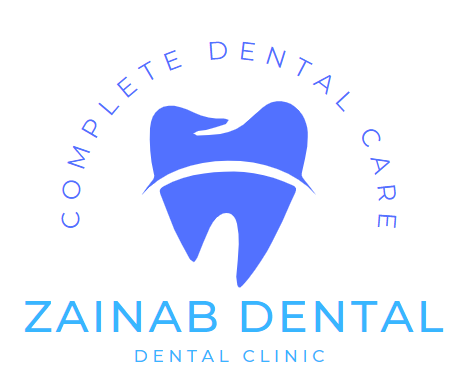The field of dentistry has always been driven by advances in technology, from the development of the first dental drill in the 1800s to the introduction of digital X-rays and laser dentistry in recent years. Today, technology continues to play a major role in shaping the future of dentistry, and it’s important for both patients and professionals to understand the impact it’s having on the industry.
One of the key areas where technology is making a difference in dentistry is in the accuracy and speed of diagnosis. Digital X-rays, for example, produce high-resolution images in seconds and can be easily stored and shared with other dental professionals. This leads to more precise diagnoses and faster treatment times.
Another important area where technology is having an impact is in the use of 3D printing and computer-aided design (CAD) in the creation of dental restorations, such as crowns and bridges. With these technologies, dentists can create precise and custom-fit restorations that are more comfortable and aesthetically pleasing for patients.
In addition, advances in laser dentistry have revolutionized the way many dental procedures are performed. Lasers can be used for a range of applications, from teeth whitening to gum surgery, and they offer several benefits over traditional methods, including less pain, bleeding, and swelling.
In recent years, tele-dentistry has also become increasingly popular, allowing patients to receive dental care from the comfort of their own homes through virtual consultations. This technology has made it easier for people in remote and underserved areas to access dental care, and it has also made it easier for busy patients to fit appointments into their schedules.
Finally, there are several new technologies being developed that have the potential to completely change the way we approach dental care. For example, the development of artificial intelligence and machine learning algorithms may soon allow dentists to detect early signs of tooth decay or gum disease before they become visible to the naked eye.
In conclusion, technology is playing an increasingly important role in the field of dentistry and is helping to improve the accuracy and speed of diagnoses, create better and more comfortable restorations, reduce pain and discomfort for patients, and make dental care more accessible for everyone. Whether you are a patient or a dental professional, it’s important to stay informed about the latest technological developments in order to make the most of the many benefits they offer.
